Who would have guessed that talking with doctors could be as simple as purchasing meals or booking a taxi online?
Patients can now consult with doctors from the comfort of their own homes, all thanks to telehealth apps. Patients can use telehealth applications to schedule an appointment and receive a virtual check-up from a doctor. Doctors, on the other hand, who are already under a lot of stress, can use these apps to help them manage their time better. It eliminates the requirement for patients to be seen in person.
Telehealth mobile app developers in Miami, USA have offered a win-win solution for doctors and patients as the demand for remote healthcare grows. The global market for mobile medical apps is estimated to reach USD 236 billion by 2026, according to studies.
If you’re considering developing a healthcare app for your business, now is unquestionably the best time to do so.
However, creating a healthcare app is only the beginning. You must stay up with the current developments in order to create a cutting-edge telehealth app.
Important trends that will shape the development of telehealth apps in the coming time.
1. Artificial Intelligence & Machine Learning
AI can be incorporated with healthcare apps in a variety of ways, including chatbots, voice recognition, and automatic health warnings. AI-enabled features can assist patients in reducing wait times, scheduling appointments, connecting with a professional, and asking health-related queries. Health practitioners can use AI-assisted features to quickly examine a patient’s history, view data, issue digital prescriptions, and provide immediate assistance. In short, AI can help doctors avoid burnout by automating simple tasks and reducing the amount of labor they have to complete.
Machine learning is a method of teaching software to generate insights from data acquired by apps. Doctors can make faster and more accurate decisions when they have a better understanding of a patient’s health. The combination of machine learning and artificial intelligence (AI) is extremely powerful. AI paired with machine learning algorithms can extensively examine a patient’s situation and increase diagnostic abilities. Deep Learning, a subtype of machine learning, teaches algorithms to recognize patterns in data, which can aid in the early detection of diseases. Get in touch with a top mobile app development company in Miami, USA
2. Internet Of Things (IoT)
In the fitness world, fitness bands, smartwatches, and other wearables are already popular. Telehealth applications may get vital health data from these devices thanks to IoT technologies. This information can subsequently be used to solve numerous health problems and maintain good health using AI and machine learning capabilities.
Some useful applications of IoT in healthcare apps:
– Accurate Virtual Diagnosis
Assume a doctor is virtually inspecting a patient’s wound and rash. The doctor is no longer able to listen to the patient’s heartbeat or take his blood pressure. Wearable IoT devices play a crucial part in this. The telehealth app may display all of this data on the doctor’s screen, allowing for a precise diagnosis.
– Patient Monitoring In Real-Time
It’s critical to keep an eye on vital signs like the patient’s heartbeat. People can use IoT-enabled telehealth apps to track and manage their health. Patient monitoring allows for early intervention, avoiding unnecessary hospitalizations and trips to the emergency room.
– Helping People With Disabilities
Speech-enabled or voice-activated devices can be provided by IoT-enabled telehealth apps to assist the elderly and individuals with impairments.
Talk to top telehealth app developers in Miami, USA to integrate advanced features in your healthcare app.
3. Augmented Reality, Virtual Reality & Mixed Reality
Integration of augmented reality and virtual reality (AR/VR) in mobile applications is quickly becoming a standard feature for many healthcare apps. Mixed reality can be used to create an interactive virtual environment that can help doctors diagnose patients more accurately. Patients with chronic pain can also be guided in real-time by VR-enabled solutions on how to undertake important activities.
In the fields of neuropathic pain, many types of physical and sports rehabilitation, and mental health treatment, AR applications have a lot of potential. Better treatment can also be aided by 3D visualization and observing patients’ movements via AR / VR.
4. Big Data
Medical reports, records, vital statistics, prescriptions, and other medical facts generated by telehealth apps generate a lot of data. This information is available in a variety of formats, including text, photos, and other media. Comprehensive Electronic Healthcare Records (EHRs) can be built with diversified data using Big Data capabilities.
Big data can play an important role in telehealth apps since patients want convenient options and access to information. It can provide an organized perspective of a variety of data kinds, which can help with diagnosis and research. Big data analytics aid in the improvement of therapies, the provision of more accurate diagnoses, the conduct of medical research, and ultimately the reduction of expenses.
Our expert healthcare app developers in Miami, USA can help you harness the power of big data in your healthcare app.
5. Blockchain Technology
Healthcare apps with block support offer safe, immutable, and anonymous network transactions. When utilized in a telemedicine app, blockchain enables frictionless data exchange and boosts users’ trust in the program. This strategy ensures that various checks are in place to protect sensitive data while also alleviating some of the security issues associated with telehealth.
Patients’ personal health records are encrypted and kept on the blockchain using a private key so that only pre-approved personnel can access them. It is done in order to protect the privacy of the patient.
6. Cloud Integration
The cloud has transformed how data is stored and retrieved between multiple devices in telehealth. On remote servers accessible via the internet, cloud storage stores the digital data of patients, doctors, and medical institutions. Cloud solutions are ideal for telehealth apps because of their scalability, agility, and flexibility.
Cloud-based apps allow users to manage, share, and access crucial medical information based on their authorization level. It enables doctors to access patient data from any location, allowing for better care coordination and time savings. Furthermore, telehealth data and systems are safer and more private on the cloud. Data encryption and fine-grained access controls, as well as access logging, are provided by cloud providers.
Wrap Up
Creating a Minimum Viable Product (MVP) for your healthcare app idea is a smart way to figure out what buyers want to see in a product. MVP is the most basic version of your program with all of the essential functionality. To create a successful mobile app, you must make it a practice to solicit feedback from your clients and improve on it on a regular basis.
When it comes to designing a healthcare app, an MVP is very useful. It can assist you in gathering a wealth of actionable information from early adopters. However, make sure you listen to user input and strive to incorporate it into your healthcare app to improve accessibility and convenience.
Healthcare mobile apps are rapidly gaining popularity due to their ease and improved services.
Get in touch with the top mobile app development company in Miami, USA if you are an entrepreneur looking to develop a healthcare app.
Related Article – Healthcare Mobile App Development – The Future for Your Hospitals

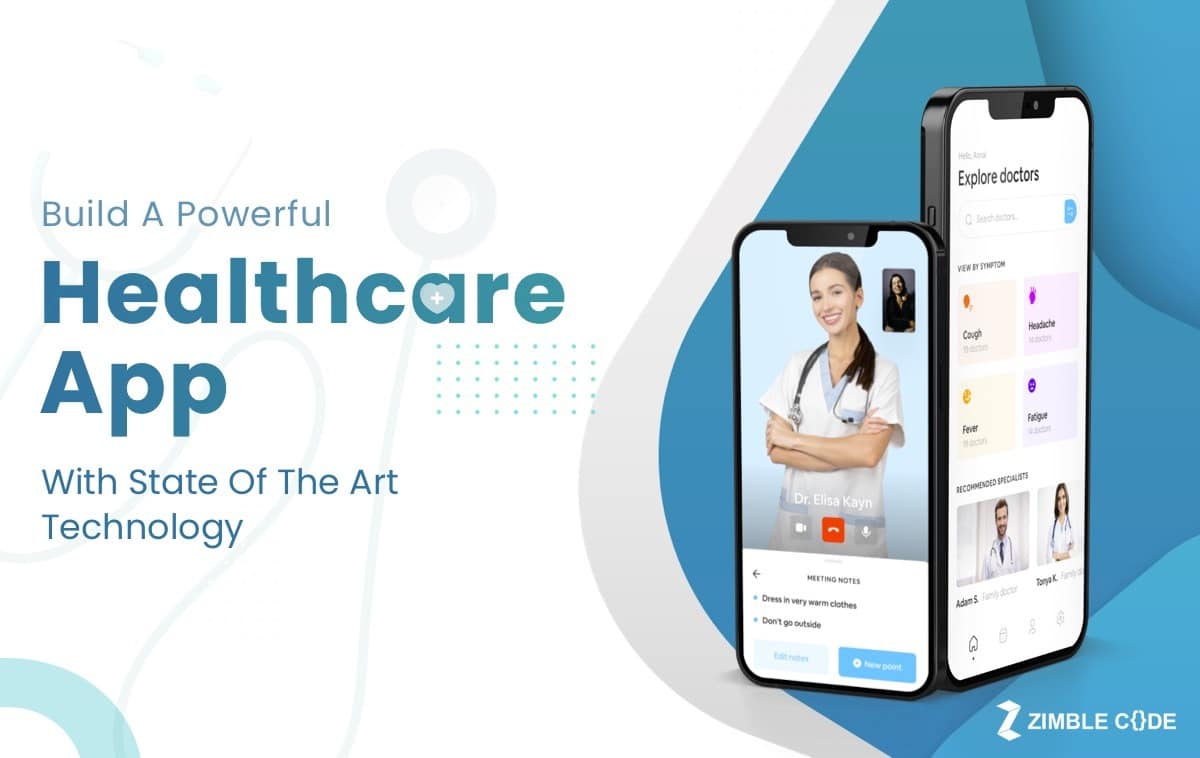
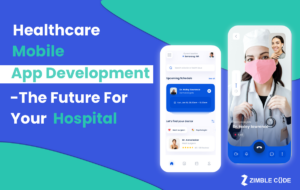
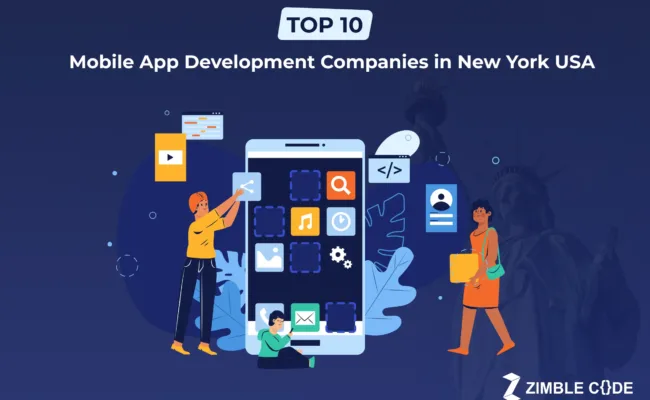
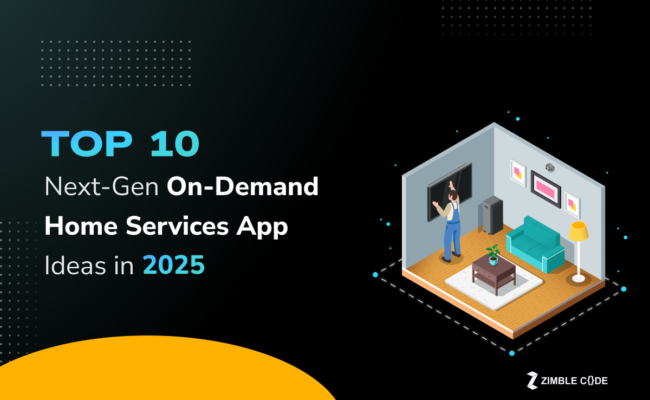
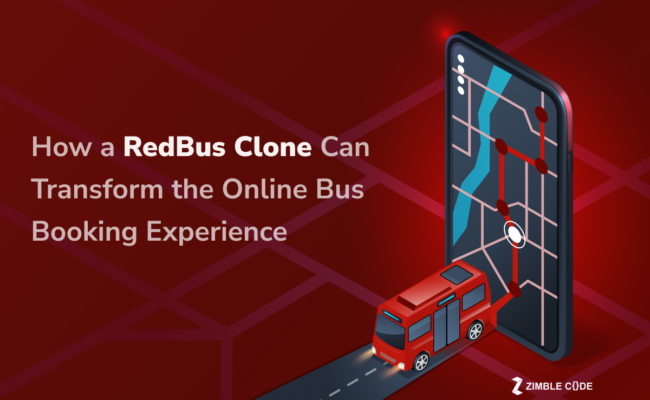
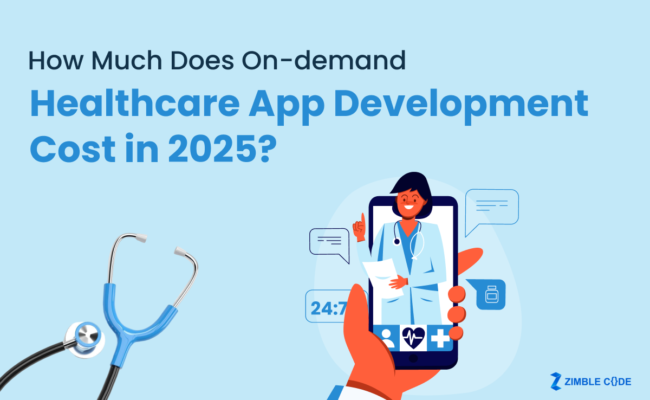
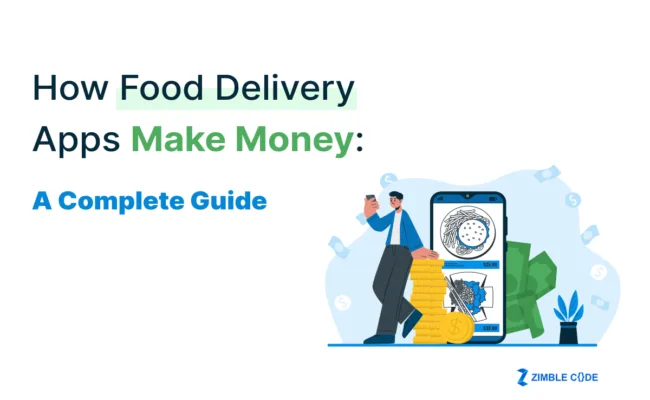

Informative article, All points are useful and clear.